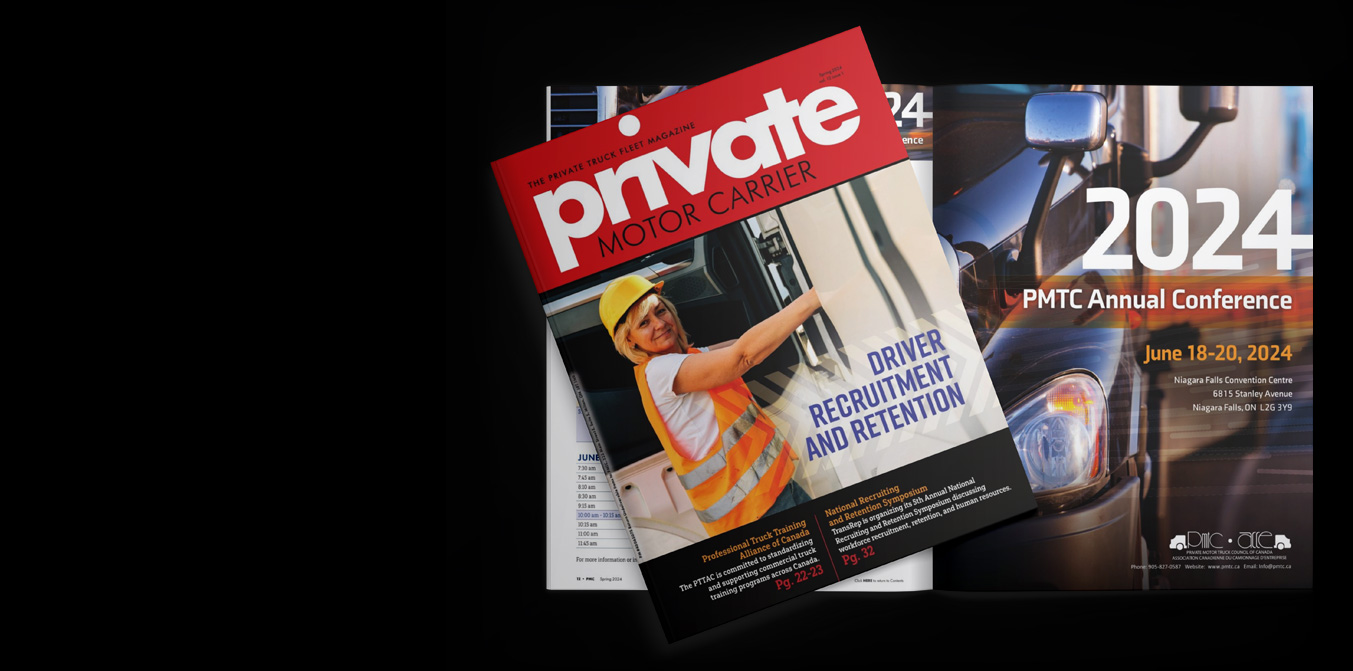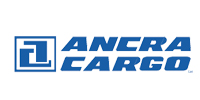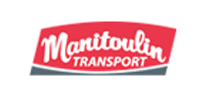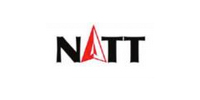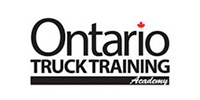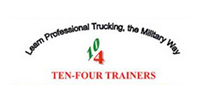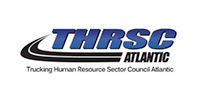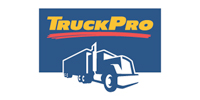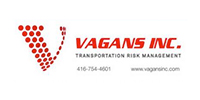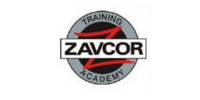Think for-hire fleets are the only ones to worry about a driver shortage? Think again.
Mike Millian has little trouble finding drivers. Hensall District Co-operative tends to hear from hopeful candidates long before there are any job openings, and existing employees are an ongoing source of referrals. Even seasonal opportunities attract the interest of semi-retired farmers in the area.
There could be several reasons, suggests the driver and vehicle safety auditor. Maybe it has something to do with his agricultural cooperative’s strong brand in Southwestern Ontario, where the fleet employs 75 fulltime drivers and 50 part-timers. Or it could involve the promise of regional trips which allow drivers to return home every night. “A lot of guys can make a longhaul wage and without the longhaul work.”
That said Millian is still worried about the looming driver shortage. Canada has more than 300,000 truck drivers, accounting for 1.5% of the labour force. About 40% of them are involved in private trucking. But while the number of drivers is expected to remain about the same until 2020, the demand for their services is increasing.
Any help through immigration channels is limited as well. “It is nearly impossible for qualified foreign truck drivers to enter the country in order to continue their careers beyond perhaps being allowed in on a temporary basis,” the Conference Board of Canada concluded in Understanding the Truck Driver Supply and Demand Gap and its Implications for the Canadian Economy. “This puts the occupation at a disadvantage when competing for immigrant labour compared with other occupations that are recognized as skilled trades.”
Then there is the matter of a demographic crunch. Just because drivers are available today, Millian can’t help but notice the graying hair around him. Less than 10% of his workforce is under 30. Most are 40 or older. “You look at the demographics of the industry and we’re pretty much all the same.” This has led to some serious discussions with the company’s human resources manager. Part of the long-term solution will likely involve reaching out to Hensall’s pool of 450 employees – everyone from receivers to processors – and teaching some of them to drive to help offset seasonal demands. “We’re not just a trucking company,” he says. “We have a lot of people.”
Smaller organizations are not so lucky.
The Conference Board of Canada largely focused on the for-hire trucking industry in its report, but the findings were troubling for anyone who relies on workers behind a wheel. The average age of a truck driver (44.2 years) is increasing faster than the average age of other workers (40.2 years) because fewer young people are entering the trucking industry. To compound matters, at least one in five truckers is over the age of 54.
Broad labour shortages
“Labour shortages are being predicted across all industries,” stresses Angela Splinter, CEO of Trucking HR Canada, which focuses on trucking’s human resources challenges. While today’s fleets often compete against each other for the best drivers and other employees, they will face increasing competition from other sectors looking for the same workers – much in the same way that Alberta fleets often lose employees to high-paying jobs in the Oil Sands. The same skills required of professional drivers are coveted from construction sites to mines and farms.
Reports of a looming driver shortage are nothing new. “We talked about it for years. I remember this conversation when I was 20-some years old myself,” Millian says.
But the demographic clock is still ticking.
While the typical “dream” candidate for most fleets might be 40 years old with 15 years of driving experience, Millian suggests it is time for a different approach. The long-term solution could involve training and mentoring a 24-year-old employee who works in the yard but would be interested in learning how to drive a truck. If nobody takes a chance on him, the promising young candidate could take a different career path altogether, he says. “We need to be thinking a little broader.”
Fleet managers who identify a large share of workers approaching retirement may also want to begin asking what the aging drivers plan to do, Splinter adds. “Are they planning to retire? Are they looking for flexible working arrangements?” The aging workers could be part of the solution in the near term, as long as the fleet is willing to offer flexible hours. Of course, a change like that could involve everything from dispatching procedures to the structure of benefits plans. Older employees, for example, tend to place a greater value on options like drug plans and supplementary medical care.
The private advantage
For now, private fleets may have a competitive recruiting edge as the shortage begins to intensify.
“Private trucking fleets are more likely to focus on shorter, more regular intra-city movements, which allow drivers to be on a fixed schedule and, most importantly, be home every night,” the Conference Board of Canada concluded.
The advantages do not end there, says Millian, who spent half his career working in the for-hire sector as both a driver and in safety and compliance roles. “People want to associate themselves with a recognized brand,” he says. The names of some of the largest for-hire fleets are unknown outside the trucking industry. But MolsonCoors? Tim Hortons? Everybody knows consumer brands like those.
The potential career paths in private fleets can be broader, too. “There’s more opportunity for moving up and down and sideways,” Millian says, referring to job opportunities which have nothing to do with the trucks at all.
Then there is the matter of human resources practices. As part of a broader company, there may be a greater promise of benefits or pension plans. Formal human resources practices also help to establish workplaces that everybody would be attracted to.
A sophisticated approach to human resources can make a difference, and the umbrella corporations which run private fleets often have those in place, Splinter says. Unlike a small fleet where a manager includes human resources functions as part of their other duties, larger companies can draw on the specialists able to refine recruiting techniques, spend more time on the benefits programs which help with retention, and keep a watchful eye on compensation packages in a broad context. “It’s a matter of capacity and what they can do,” she adds.
There are tools available for smaller fleets that want to address the challenges. Trucking HR Canada, for example, publishes the Your Guide to Human Resources manuals which identify how to improve recruiting practices and retain the employees who are needed. It also demonstrates how to make the business case for human resources strategies, which will be important when reaching out to the broader management team in an organization.
Millian believes another part of the solution will involve a broader focus on the industry’s image, reaching out through job fairs to stress that driving is not a career of last resort, and to shed stereotypes of overweight and poorly educated workers behind the wheel. “That isn’t who a driver is,” he says.
The question that remains is who the future drivers will be.


